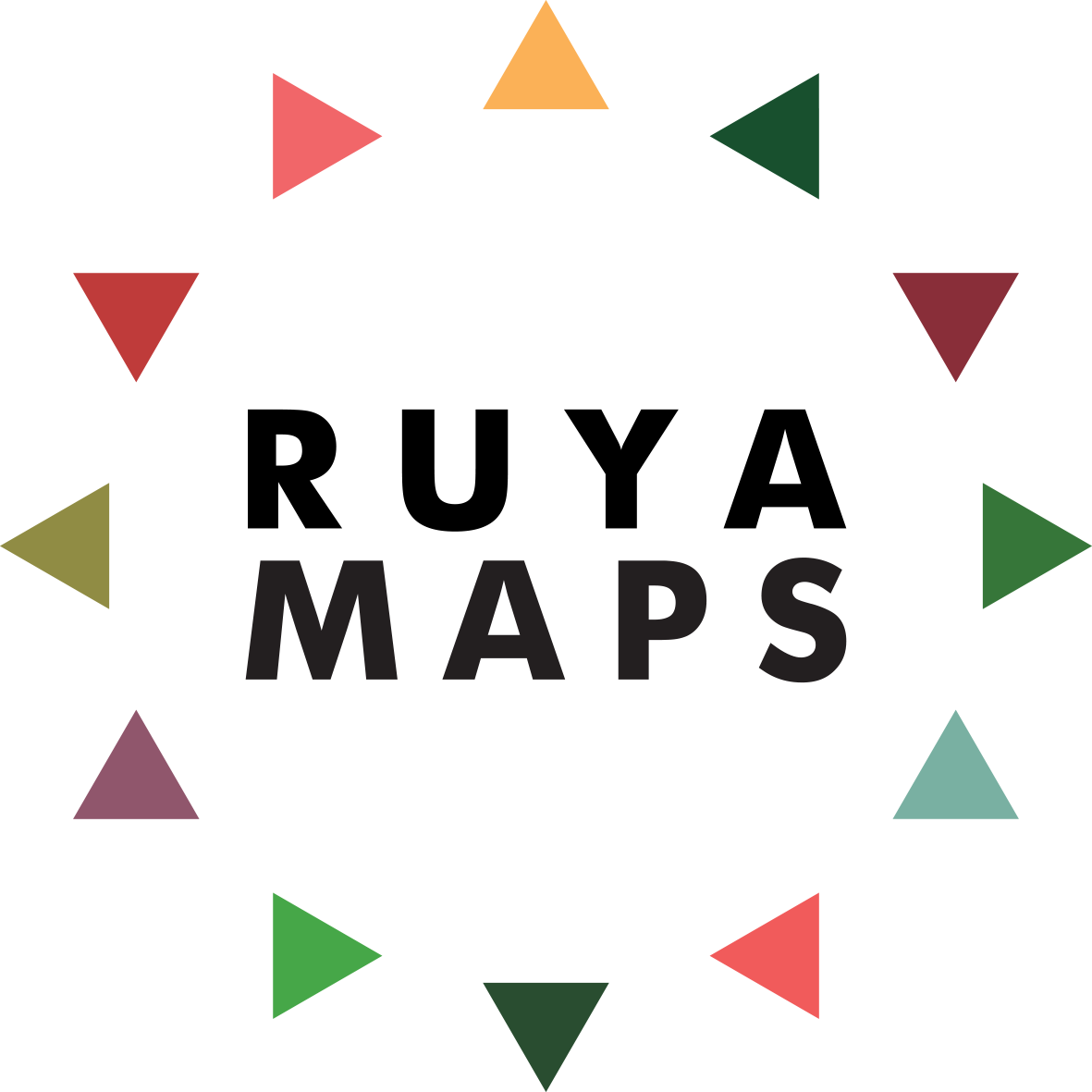A River of Knots: Announcing our Creative Cities Lima Commission Finalist
RUYA MAPS is please to share the artist who was selected finalist in our open call: Sandra Nakamura. She was awarded a micro-commission to create a new work based on her inspiring proposal in response to the theme ‘Knot’ which we have been exploring in Lima.
Sandra Nakamura, ‘A River of Knots’ Dyed Thread, 2022, Commissioned by RUYA MAPS.
Knot or Quipus is is an ancient symbol, that was also used extensively during the time of the Incas, suggesting everything from the interdependency of relationships to the complexity of a tricky bind. The spinning of thread that forms a knot creates an object which seemingly has no beginning or end. As our curatorial statement for this edition of Creative Cities states, Knot allows the artists to “question who has access to language, knowledge, and memory. Engaging with this lost language of knots now is poignant as it recorded the tributes made by ordinary people to the wider society. Today, the knots inspire as they make visible the ties of unity between individuals.” Curatorial statement here.
Sandra Nakamura’s proposal is rooted in Lima’s topography. Her work over the last fifteen years has focused on the experience of the city and the observation of processes that imply public identity and the usage of urban space as material and merchandise, as well as repository of collective memory.
Sandra Nakamura, Map Study of Lima for A River of Knots, 2021, courtesy RUYA MAPS and the artist.
Such processes have been contemplated from a poetic perspective in order to address the spatial, social and economic conditions that shape our surroundings, resulting in works that document the search and acquisition of a plot of land of minimal dimensions in Spain and the unprecedented growth of the city of Lima, the speculative sale of lots of water in the San Francisco Bay during the Gold Rush and the maritime dispute in Peru’s southern border.
For RUYA MAPS’s Knot commission, Sandra drawing from her research, proposed an idea that came from an interest in a traditional weaving practice, known as ikat, that makes use of knots to resist dyes. ‘A river of knots’ is a textile installation that draws on this history and relates it to the city as we know it today.
‘Most Limeños are unaware that their city rests over an artificial valley, created at least two thousand years ago through a complex irrigation system that transformed the coastal desert into fertile ground.”
Loosely inspired by the pre-hispanic tradition of quipus (textile devices that used a system of knots to record information) the work suggests an imaginary landscape suspended between mirrored projections of the Rimac River. This landscape is composed of raw cotton fibers that have been dyed on one end with natural pigments derived from plants, flowers and fruits whose names can still be found on streets, neighbourhoods, and public spaces all over the city’s grid. Not all of these plant species are native to Lima, or even to the Andean region; some were introduced by the Spaniards and were propagated throughout the Colonial and Republican periods. Yet all are vestiges of different periods of the city’s development, of its inhabitants and their way of life, specially of the lush orchards, parks and gardens that are no longer there but whose names remain in the city's spaces and in our imaginaries.
Some of the names of its streets, neighbourhoods, and public spaces hint at fields of specific crops (such as Naranjal, Zapallal, Retamal, Huarangal, las Viñas, Higuereta) or named after species of trees (Olivos, Casuarinas, Jacarandá, Laureles, Cipreses, Cedros, Palmeras) or local flora (Amancaes, Cantuta, Lúcumo, Chirimoyo, Camote), which may remit to the area’s past as a collection of pre-hispanic settlements, an artificial valley, a colonial grid, isolated projects based on western urbanism, and informal neighbourhoods.
Images of some of the plants, flowers and fruitz the artist took in Lima.,
However, she learned while visiting ikat workshops and seeing weavers at work was that the purpose of their knots was to generate patterns, which her suggested installation did not require.
“I decided to focus, instead, on less literal ways of approaching the commission’s theme of ‘knots’ and draw on the pre-hispanic tradition of khipus to codify information in textile form. I began going through old maps and chronicles of Lima and realized that the city’s grid was like a giant knot in itself, not only because of the chaotic way in which it has physically expanded, but it is also like a knot in the sense that it is made out of layers of information that refer to the city’s complex history.”
She selected some of these names and plant species and collected them from local parks and markets to use their leaves, seeds, flowers, skins to dye raw cotton fibers and somehow codify this information into the work. She also discovered during the process of working with such materials is how intensely aromatic they are, as it requires boiling large amounts of plant material for hours at a time to extract and colour the fibers.
Sandra Nakamura earned a BA in Visual Arts at the University of California San Diego and an MFA at the Bauhaus Universit t Weimar, Germany. In 2006, her project “Colorless to white” was awarded by the Grants and Commissions Program of the Cisneros Fontanals Foundation, Miami. She has developed site and context specific works for “Espacios Revelados Lima”, Siemens Foundation (2021), Osage Foundation, Hong Kong (2018), MATE Museo Mario Testino, Lima (2016), Galeria LEME, Sao Paulo (2014), SoloProjects ARCO Madrid (2013), I Biennial of the Americas, Denver (2010), CCA Wattis Institute for Contemporary Art, San Francisco (2010), among others. She has participated as artist in residence at the Center for Contemporary Art Kitakyushu, Japan (2009), MediaLab Prado Madrid, Spain (2008), ARTIUM Basque Centre-Museum for Contemporary Art, Spain (2008), Pilotprojekt Gropiusstadt, Germany (2007), P pinieres europenees pour jeunes artistes France (2006).
She lives and works in Lima.









